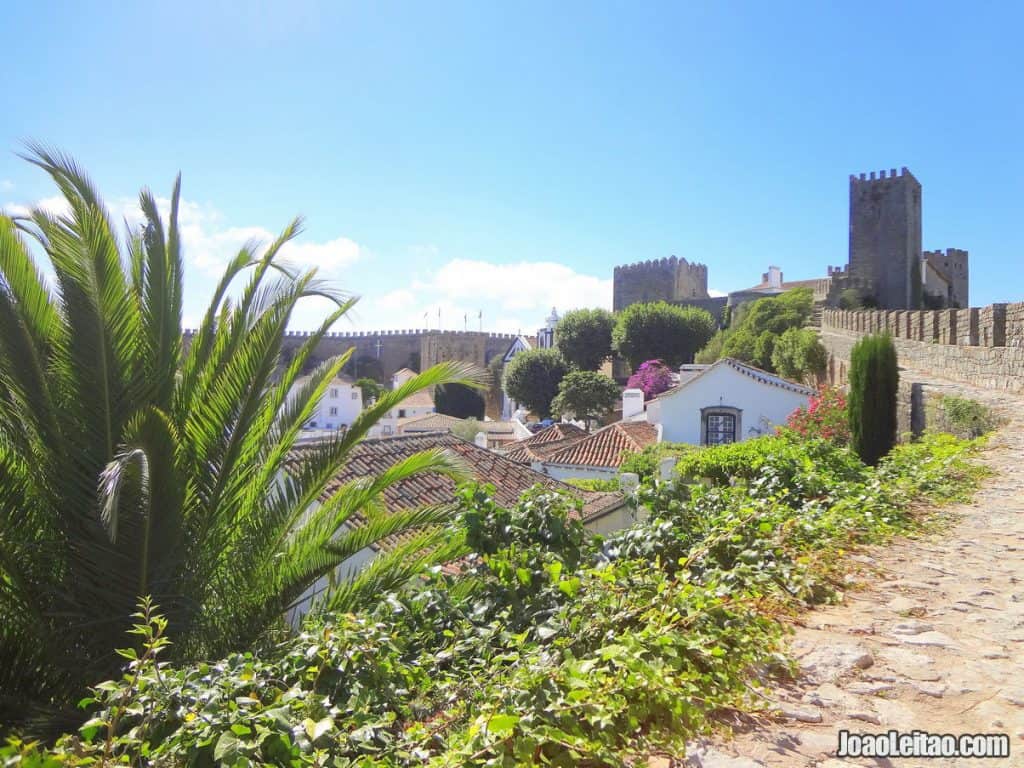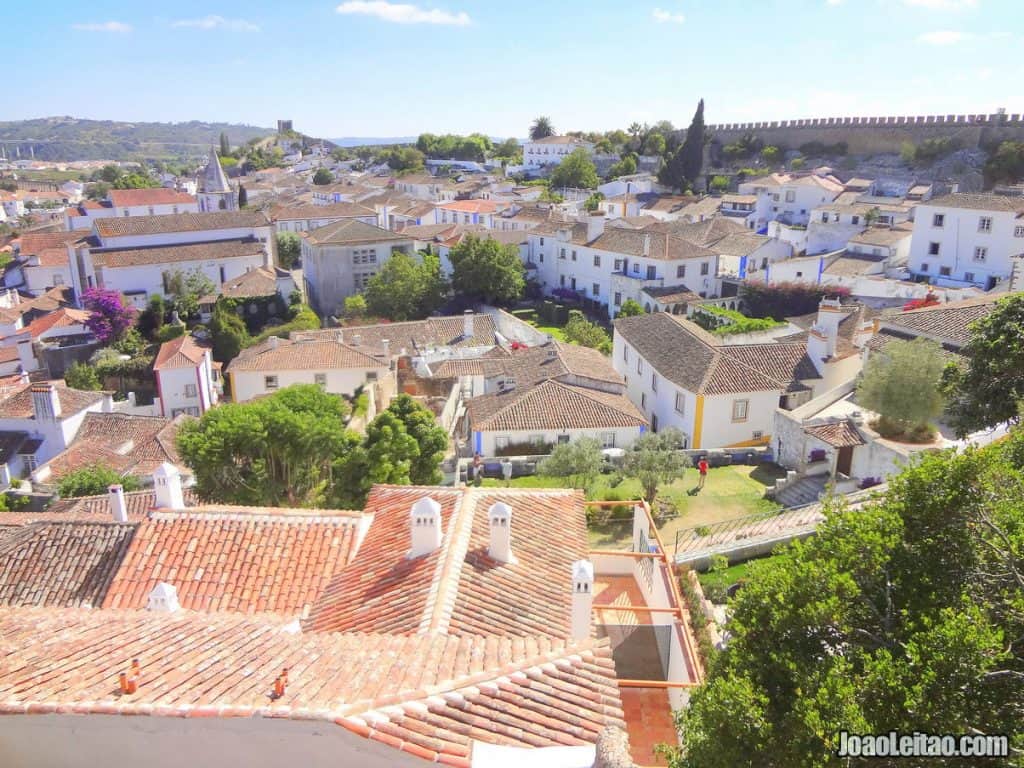Table of Contents
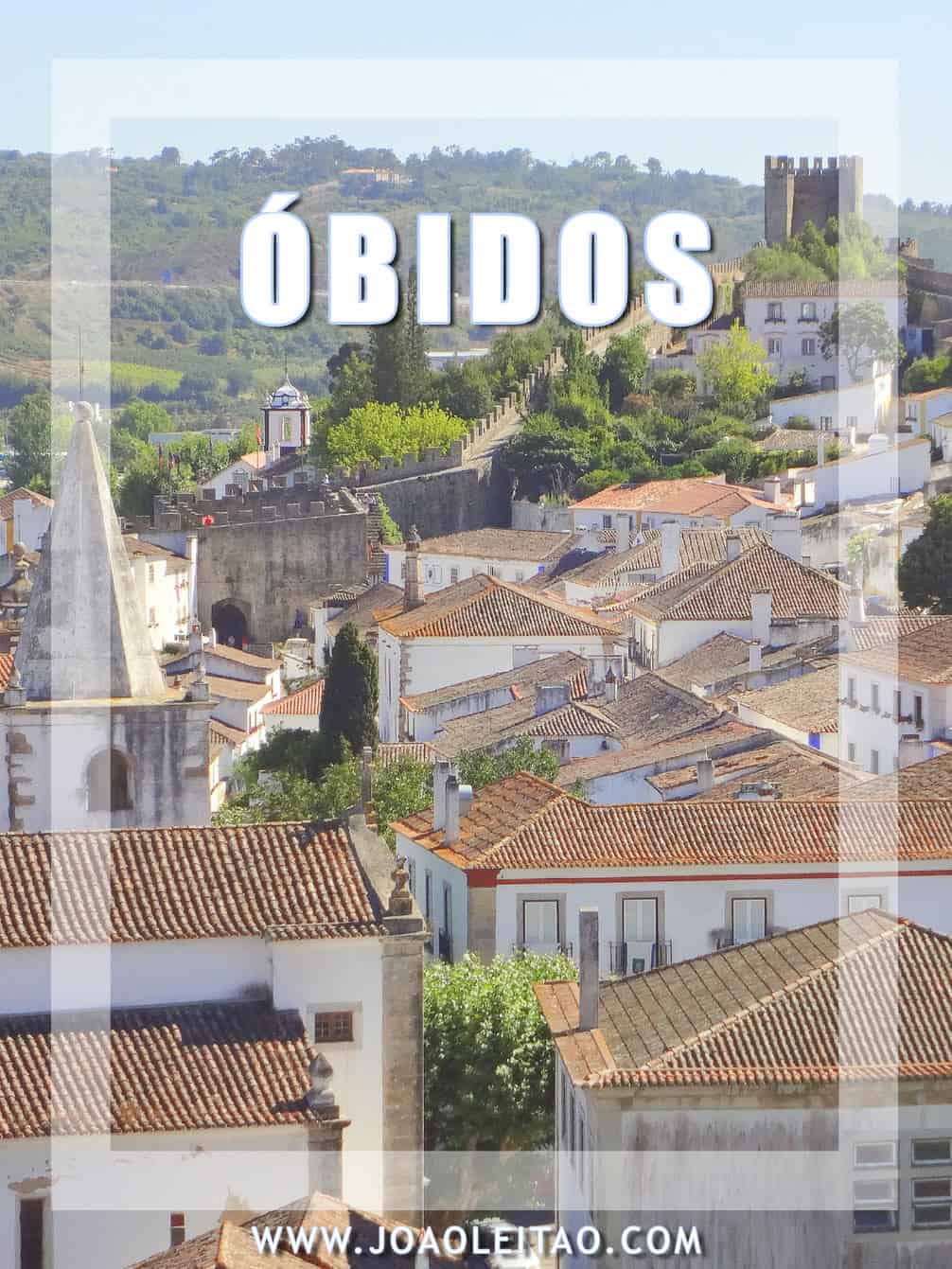
Obidos (Óbidos) is one of the three towns in Portugal within walls. It’s a small town of about 3,000 people in the center of Portugal, about 100 km north of Lisbon.
Its name probably comes from the Latin word Oppidum, which means citadel or fortified city. You can’t visit Portugal and not go to Obidos, or you’ll be missing out on an extraordinary destination.
On this page I share with you a practical city guide with the best places to visit in Obidos.
Obidos Portugal: What you need to know
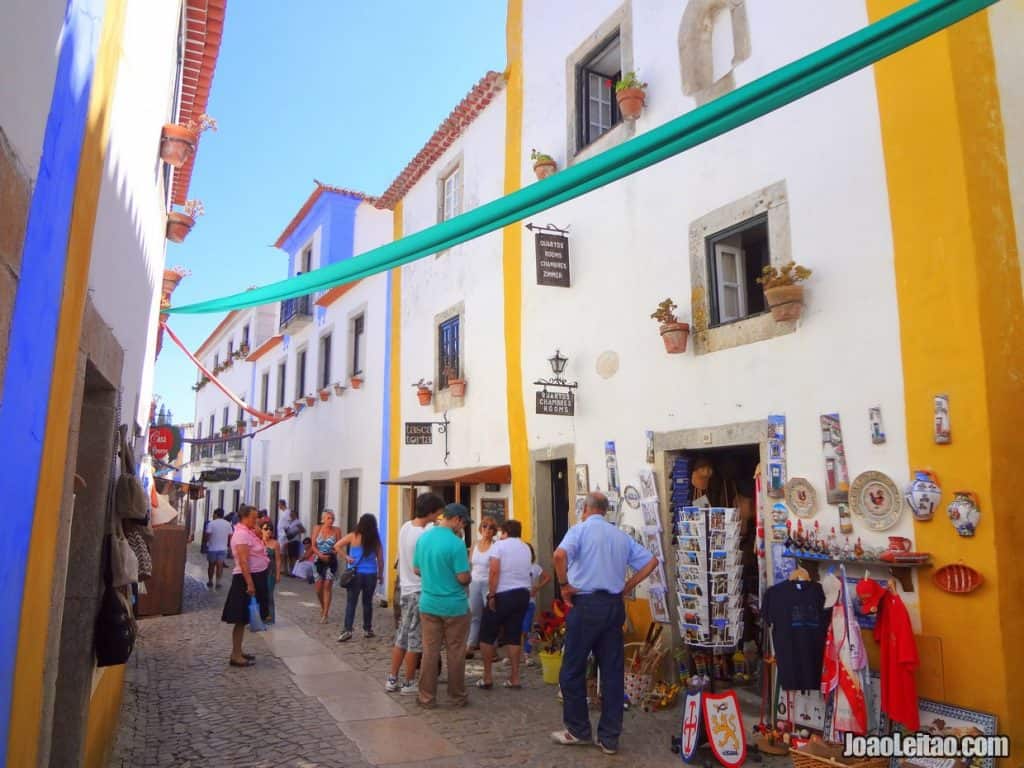
Obidos is a historic town surrounded by walls, with a castle built by the Moorish in the center.
All its vast historic center is worth a thorough visit. Not only because of its most visible architectural heritage, which includes several medieval churches, manors, entry gates, and defensive fortresses, but because of its streets and alleys, lined by houses full of details and stories to tell.
Best time to go to Obidos
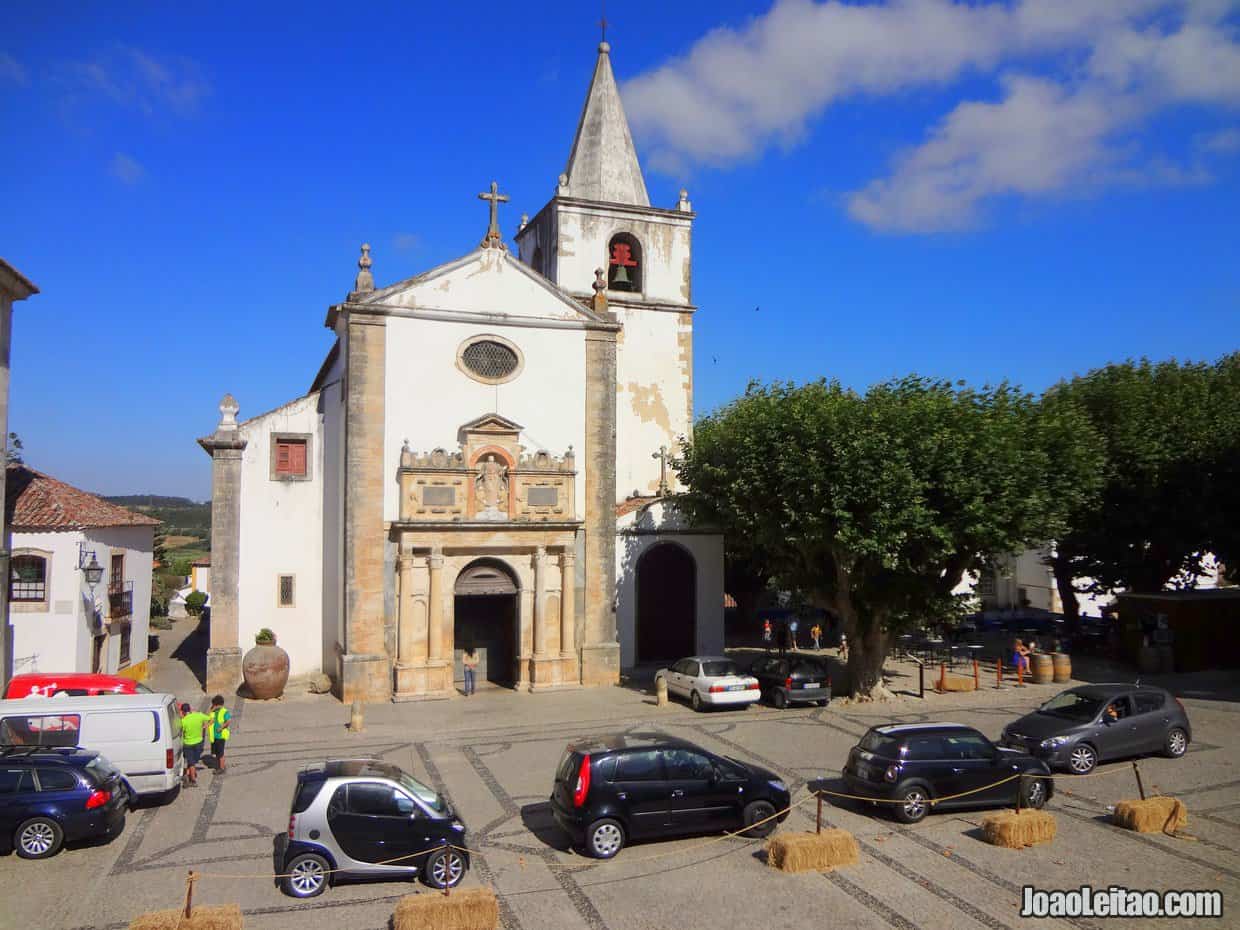
In order to
It’s best if you travel to Obidos in April and June, or in September and October. I traveled there in the summer and it was really hot, and not everyone enjoys high temperatures like I do.
Top things to do in Obidos
What to visit in Obidos town.
- Obidos Castle
- Porta da Vila (Town Gate)
- Santa Maria Square
- Santa Maria Church
- Misericórdia Church
- São Pedro Church
- Nossa Senhora de Monserrate Church
- Senhor Jesus da Pedra Sanctuary
- São Martinho Chapel
- São Tiago Church
- Moínho do Facho (windmill)
- Aqueduct
- Nossa Senhora do Carmo Church
- Porta do Vale (Valley Gate)
- House of Arco da Cadeia
Map of attractions in Obidos
Map with the most popular attractions in Obidos.
Quick travel tips to visit Obidos
- Óbidos is a popular destination for tourists visiting Portugal, and because it’s within easy reach, it’s usually crowded on special occasions like the Medieval Fair (July-August) or the Chocolate Festival (March-April).
- Before you go don’t forget to check the weather in Obidos.
- Wake up early and be the first at monuments, museums, and other points of interest.
- Go up to the castle tower for the best view in town.
- Take slow walks to explore and enjoy everything at a slow pace.
- You can explore the walls and walk around the town. Be careful because some portions of the wall aren’t protected and you won’t have anything to grab on to.
- The Medieval Market is a historical recreation event that transforms Óbidos into a medieval town. It takes place in the second week of July and the first week of August.
- To know when to go to Óbidos gather all information about seasons and the local climate. The best time to visit Óbidos is between April and October, which is when the weather is better and it’s the best time to visit Portugal too.
Best places to visit in Obidos
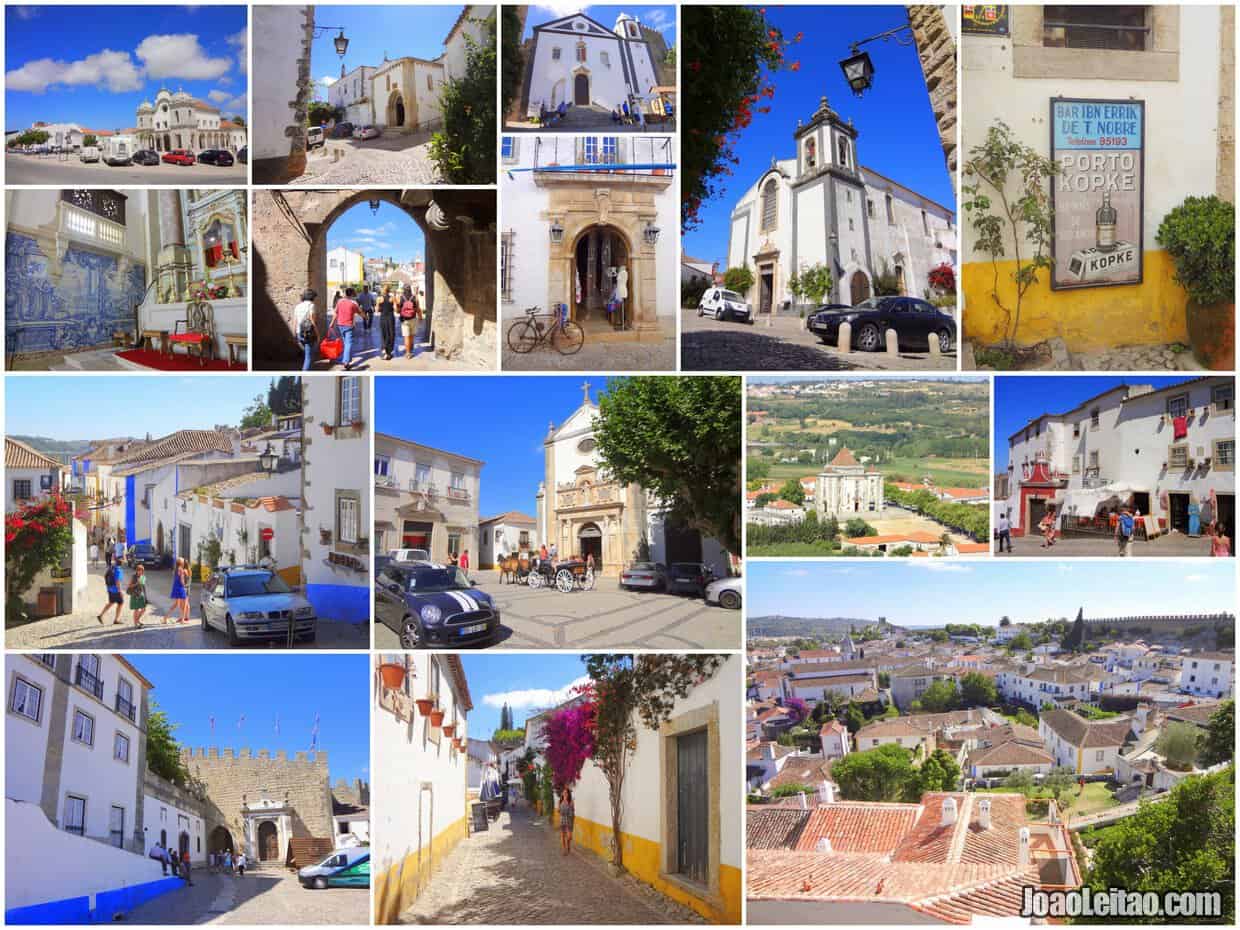
If you want to know what to see in Obidos, I organized a list of places to visit so that you can plan your trip and maximize your time during your holidays.
Top 11 places to visit in Obidos
1. Obidos Castle
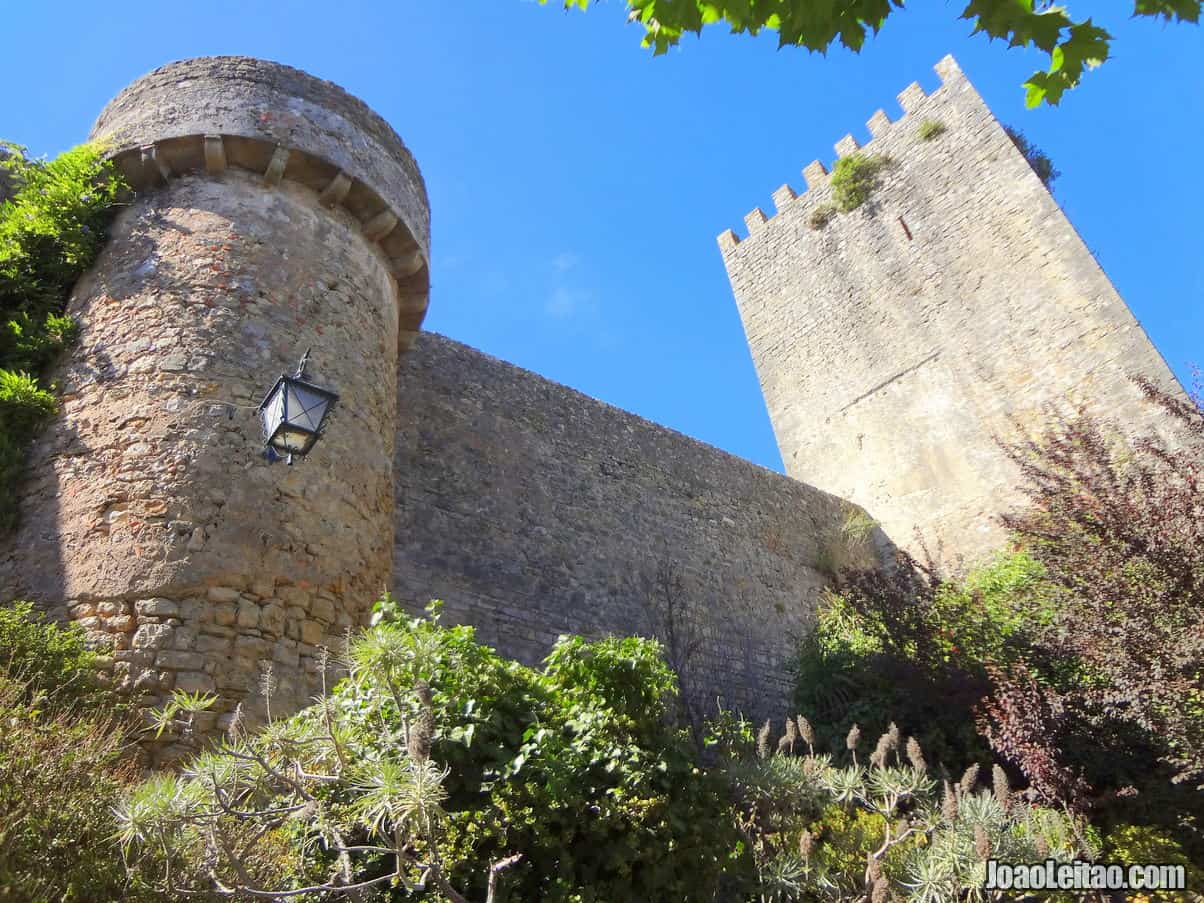
Despite the consecutive occupations by Lusitans, Romans, and Visigoths, it was the Moorish who built the Óbidos Castle, as the overall style and some of the parts of its walls give away.
King Afonso Henriques conquered the Óbidos Castle in 1148, not with a military attack but with a trick.
Throughout History, it was the setting for countless events and battles.
In 1246 it resisted the attack by the Count of Bologna, who would become King Afonso III, and for that reason, it was given the title “very noble and always loyal” (“mui nobre e sempre leal”) that is still part of its coat of arms.
During the crisis of 1383-85, it protected Queen Beatriz and resisted until the end. It was also the residence of Queen Leonor, the wife of King João II.
In 1755, it was severely damaged by the earthquake that shook the country.
In 1932 it underwent the first thorough renovation work that took decades to complete and it’s now in perfect conditions.
2. Porta da Vila (Town Gate)
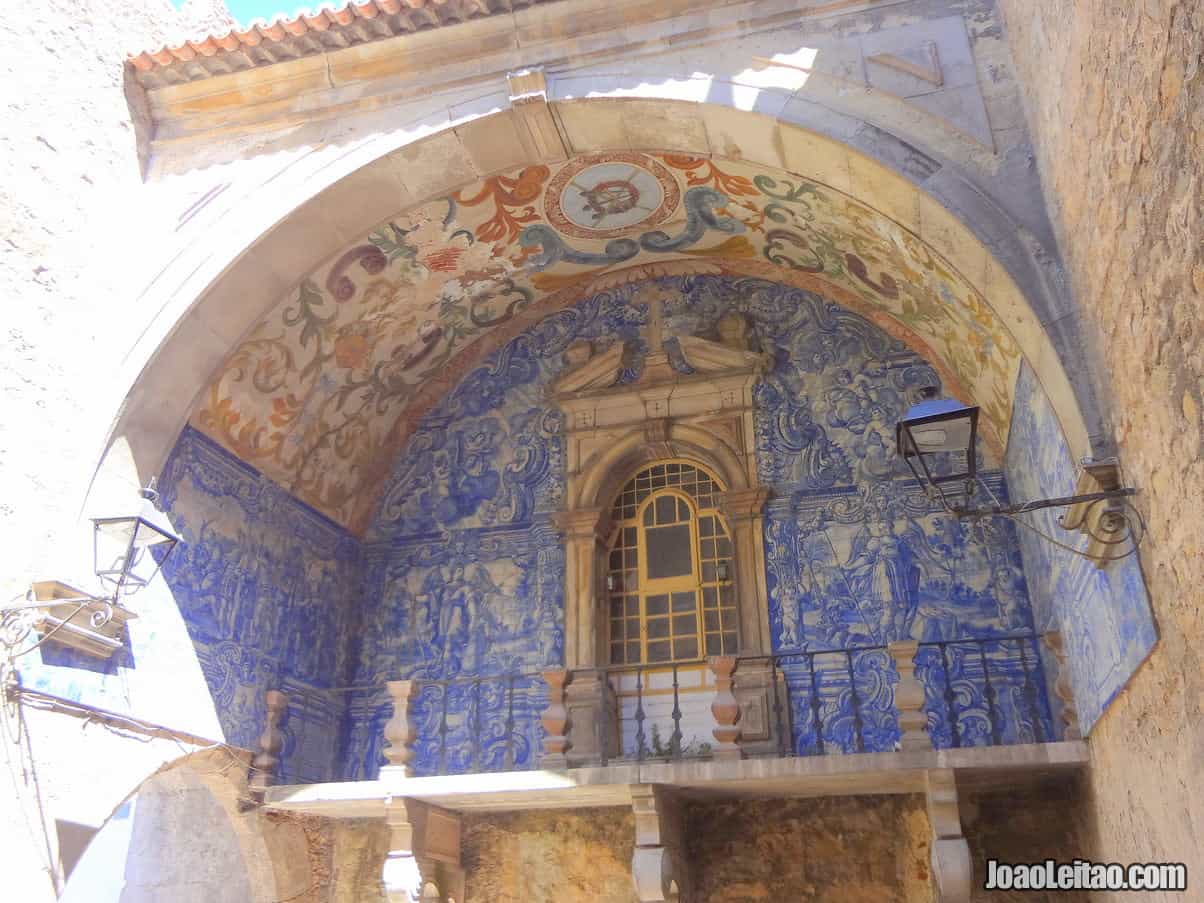
The Porta da Vila (Town Gate) is the main entryway into the old town of Óbidos. It’s a double door with an interior of beautiful 17th-century tiles. It leads straight into Rua Direita, the main street of the town’s historic center.
Inside, there’s a small chapel in honor of Nossa Senhora da Piedade, the patron saint of Óbidos. It also includes a Baroque balcony with an 18th-century tile panel depicting episodes of the Passion of the Christ, specifically the Agony of Jesus in the Garden and the Arrest of Jesus.
At the top of the entrance is the inscription “The Virgin Mary was conceived without original sin,” engraved by order of King João IV to pay tribute to the saint’s protection during the 1640 Restoration of Independence in Portugal.
3. Santa Maria Square (Praça de Santa Maria)
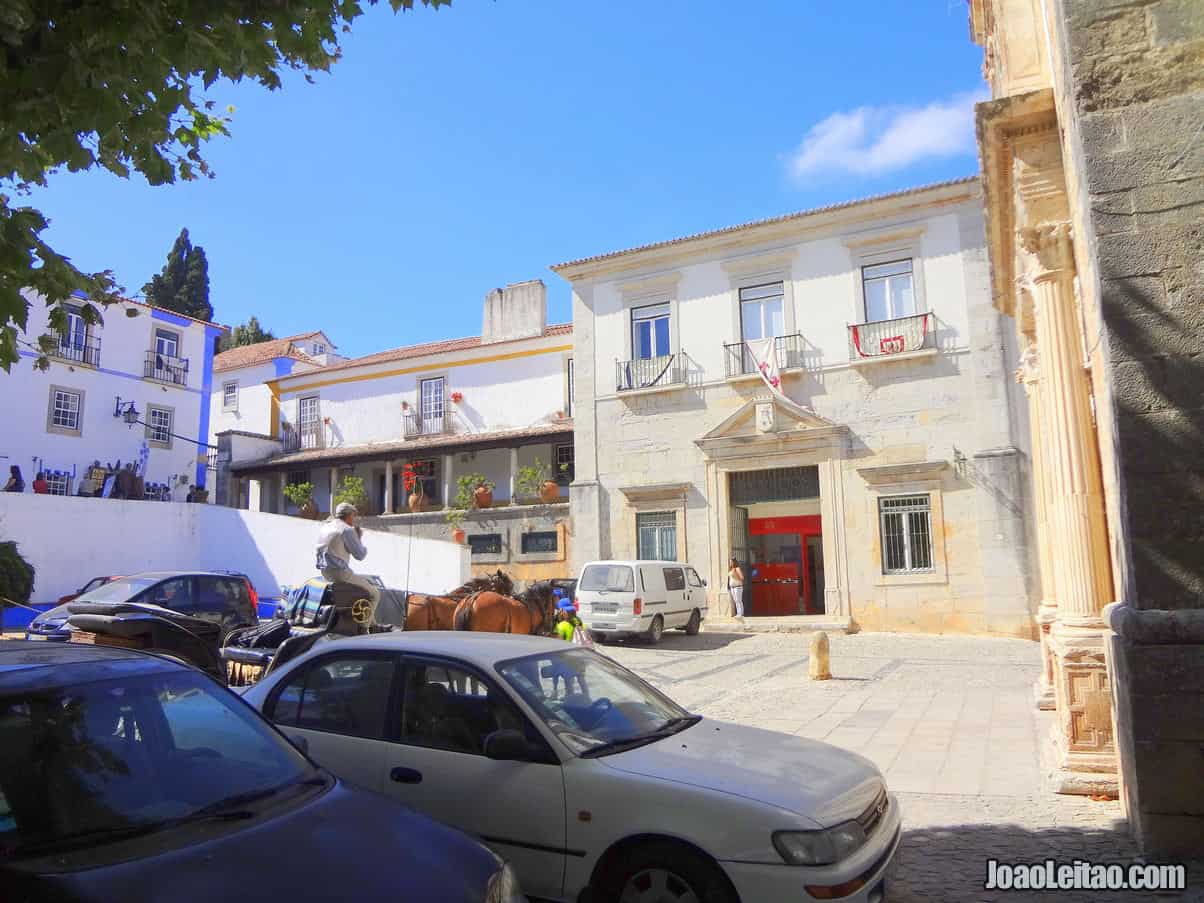
Located in the historic center of Óbidos, south of Rua Direita, the main street, this square is one of the most significant of the Renaissance period in Portugal.
It’s been, since the 16th century, the heart of the town, where all events happen, both civilian and religious.
Around the square you’ll find some of Óbidos’ most important landmarks.
Obidos landmarks around Santa Maria Square:
- the Santa Maria church,
- the Solar dos Alboins (a manor that is now the post office),
- the Royal fountain (16th century),
- the pillory (1513), the town’s shed (rebuilt in the 16th century),
- the former County Council and its museum,
- the Óbidos Town Hall,
- and the Solar da Praça de Santa Maria, a manor that now houses the Municipal Museum.
4. Santa Maria Church
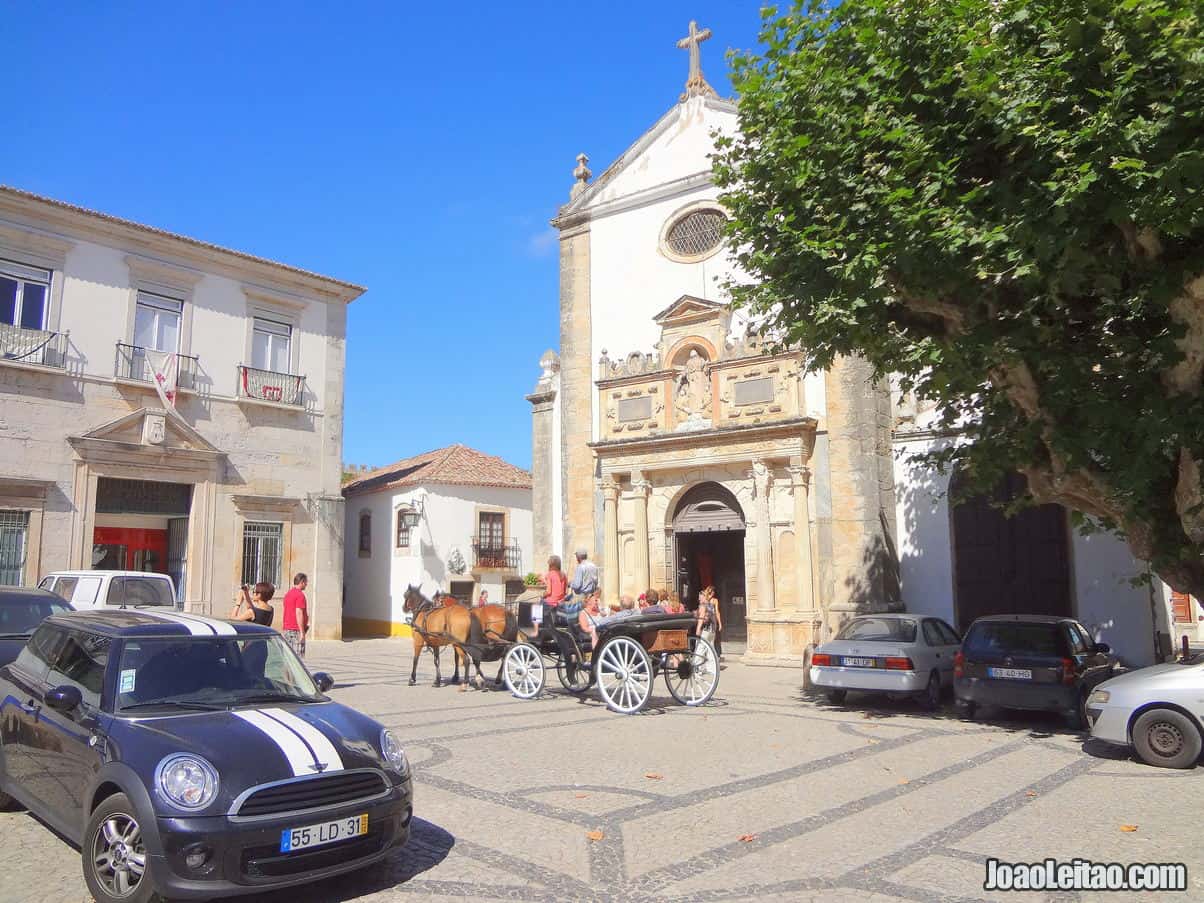
This is the oldest church in Óbidos built in the 12th century on an old Visigoth temple that was later a mosque during the Muslim occupation.
However, over time the church was renovated and expanded and the building we see today has little to do with that medieval temple. It’s overall a Renaissance church. In 1444, King Afonso V was married here at the age of 10.
The three aisles are flanked by Doric columns and have beautifully painted ceilings.
The walls are covered in tile and there are several oil paintings, mostly by Baltasar Gómez Figueira and Josefa Óbidos.
The retable is decorated with 17th-century paintings, probably by João da Costa, depicting scenes of the life of Mary.
5. São Pedro Church
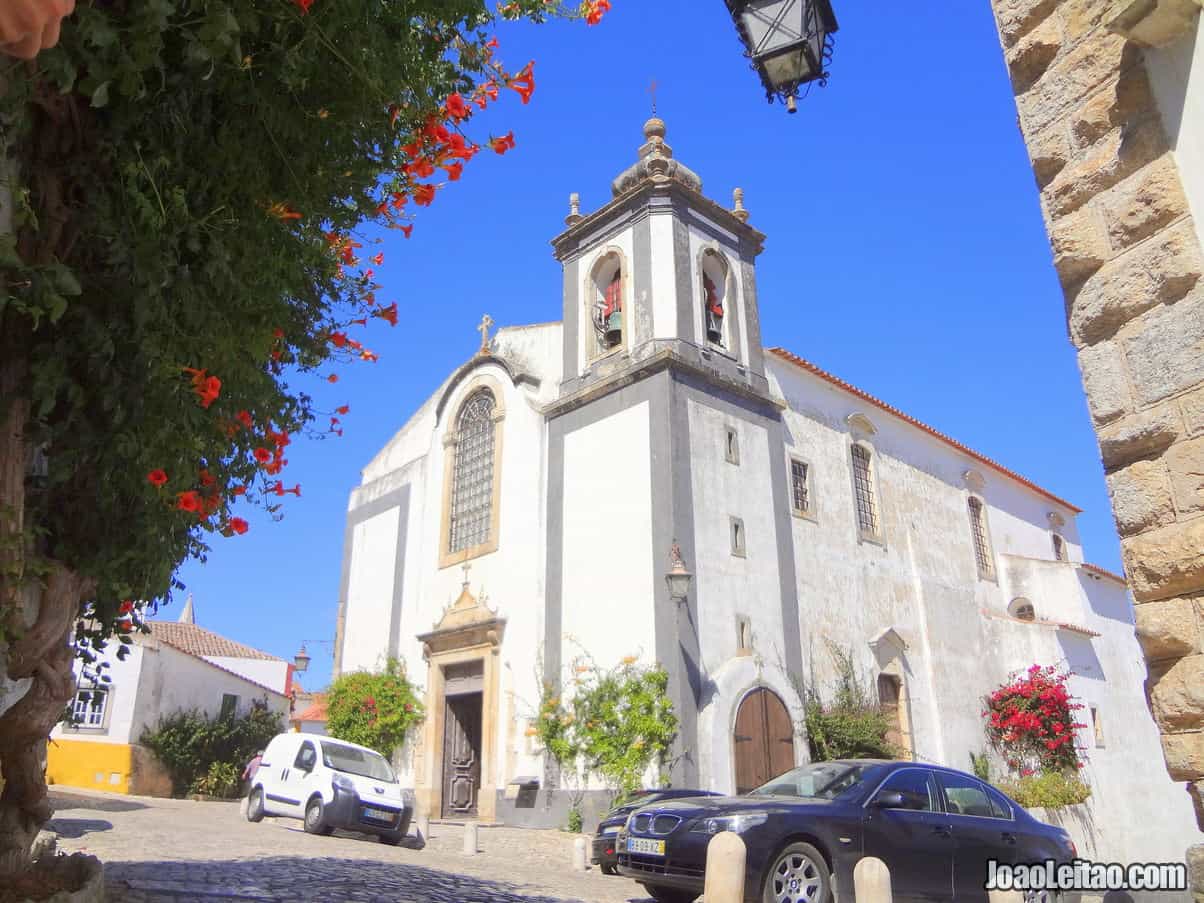
It was originally built at the end of the 13th century, but nothing remains of that period except for the Gothic façade’s entryway.
It was altered in the second half of the 16th century and new additions included the baptismal chapel and the staircase to the bell tower.
It was severely affected by the 1755 earthquake and underwent extensive renovation work.
The Baroque-style retable in golden carving and the painting at the tribune depicting Saint Peter receiving the keys to Heaven from God are the highlights inside this one-aisle church. Both of those works were done in the transition from the 17th to the 18th century.
The artist Josefa d’Óbidos, who passed away in 1684, and Father Francisco Rafael da Silveira Malhão, who died in 1860, are buried in this church.
6. Nossa Senhora de Monserrate Church
The Nossa Senhora de Monserrate Church is on the outskirts of Óbidos, in a place called Arrabalde.
The main façade is of Baroque inspiration, with the coat of arms of the Franciscan Order. Inside there is only one aisle, covered in 17th-century tiles.
The retable was painted by Belchior Matos around 1600 and depicts St. John and other saints linked to the Order.
7. São Martinho Chapel
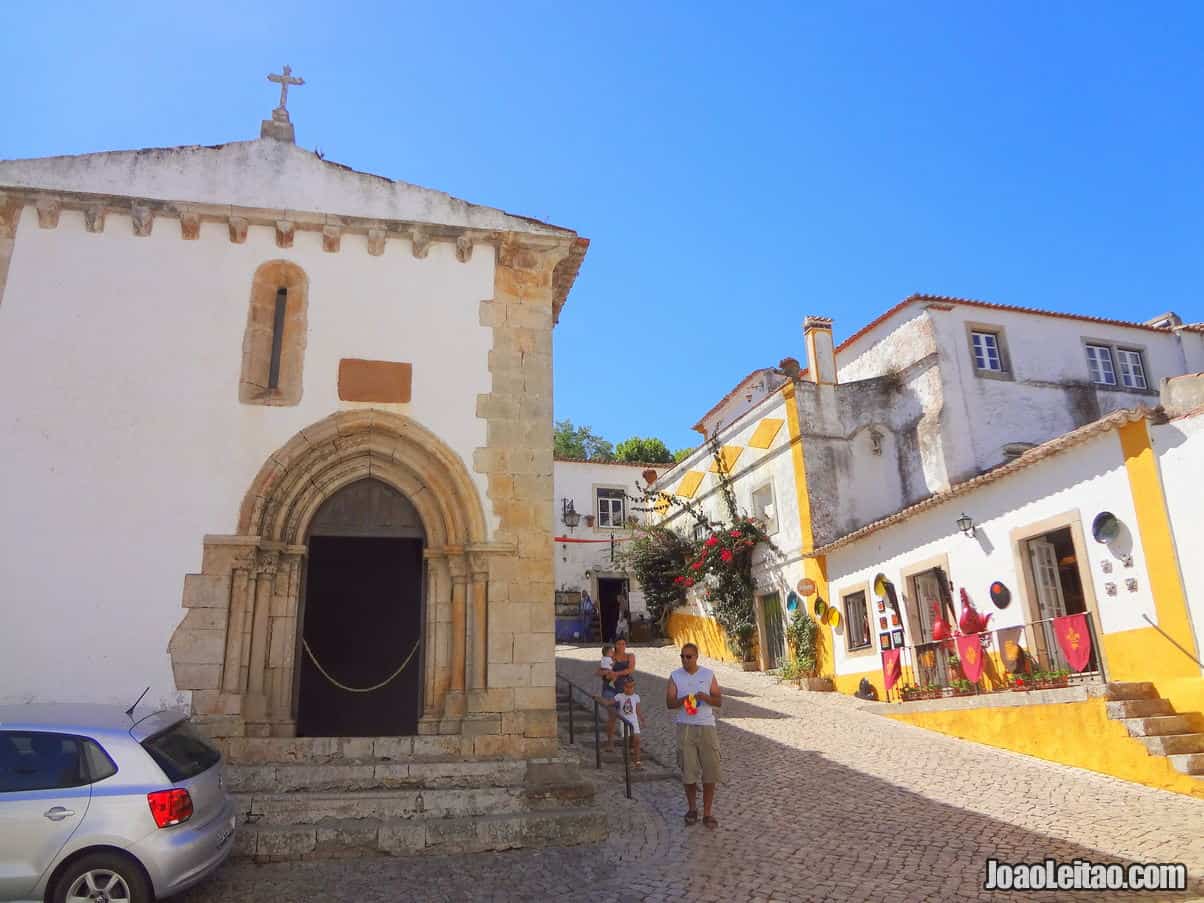
This one-aisle chapel is used explicitly for funerals and is in front of the São Pedro church. It was built between 1320 and 1331 by Father Pêro Fernandes, with the support of the Lisbon See.
If you look closely, you can notice two distinct construction phases. On the other hand, it doesn’t seem to have been much affected by the 1755 earthquake, quite uncommon in the area.
Outside there are two medieval tombs, one of them decorated with five coats of arms.
The chapel has an inscription claiming it’s owned by Visconde de Sacavém. It’s classified as a Public Interest Building.
8. São Tiago Church
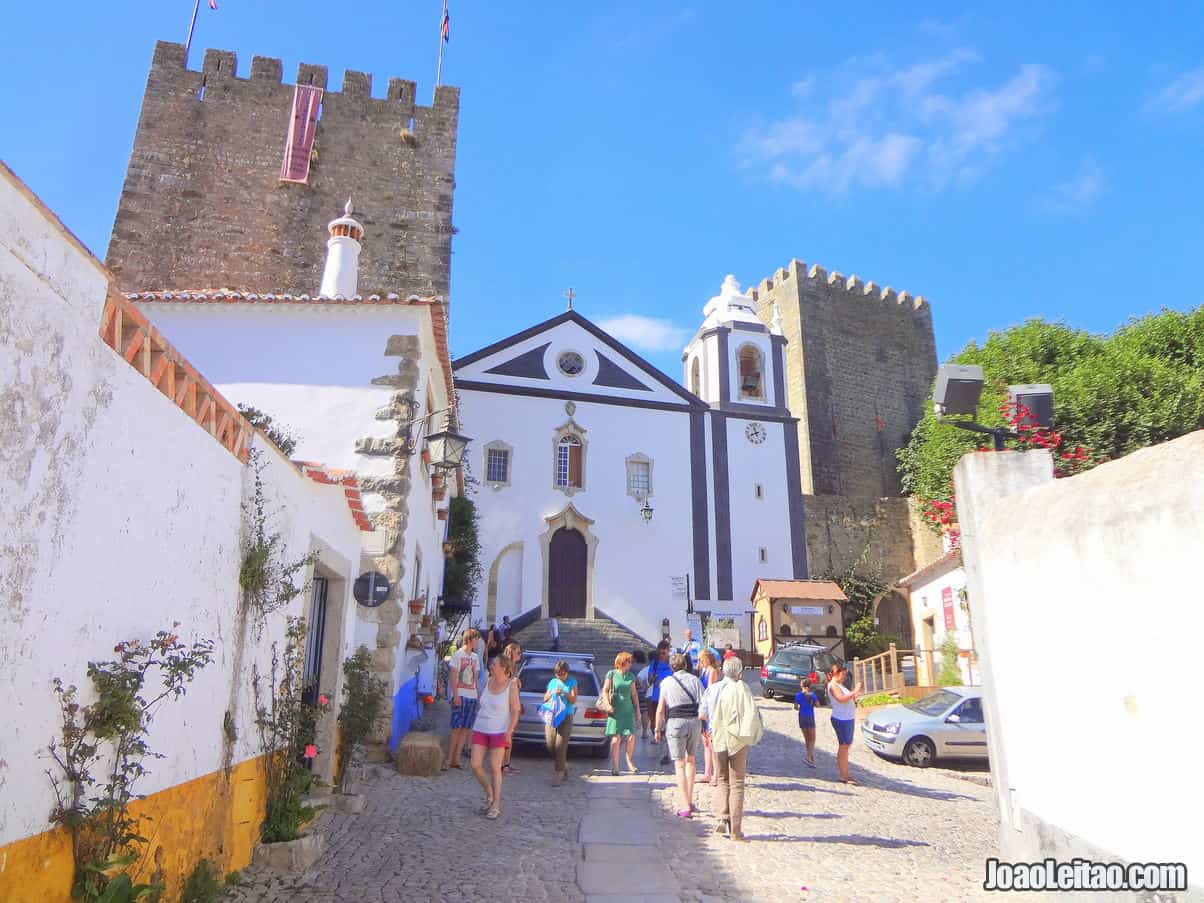
This church is within the walls of Óbidos, near the castle gates. It was originally built in 1186 by orders of King Sancho but was completely rebuilt after the damages done by the 1755 earthquake.
The church you see now is the result of that reconstruction that was finished in 1772, inspired by the Baroque and Neo-Classical styles.
One of the top features inside the temple is the décor of the main altar with a depiction of St. James (São Tiago) that dates from the second half of the 16th century.
The author is unknown and this piece is often on display at the Municipal Museum.
For a long time, this church was reserved to members of the Royal family only. You can visit for free during the day.
9. Aqueduct
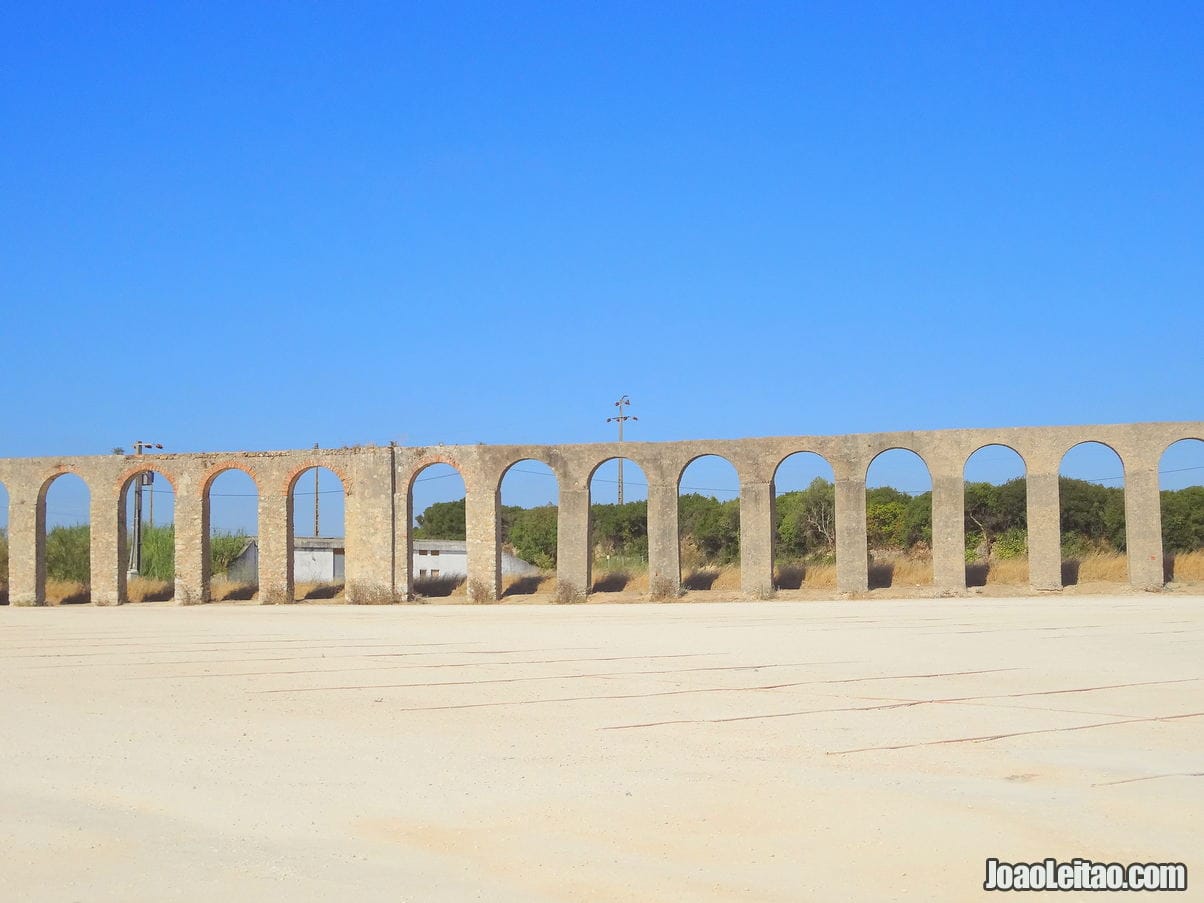
Also known as Usseira Aqueduct, the starting point from where the water is carried to Óbidos.
Queen Catherine of Austria, the wife of King João III, had it built at her own expense in 1573. In return, she was given the surrounding lowlands now known as Várzea da Rainha (Queen’s lowland).
It’s 6 km in total, three of which are underground, and starts at a water spring in Usseira and ends at the Royal fountain (Chafariz Real) at the Santa Maria square in the historic center of Óbidos. Renovation work has been done in 1611, 1622, and 1717.
10. Santuário do Senhor da Pedra
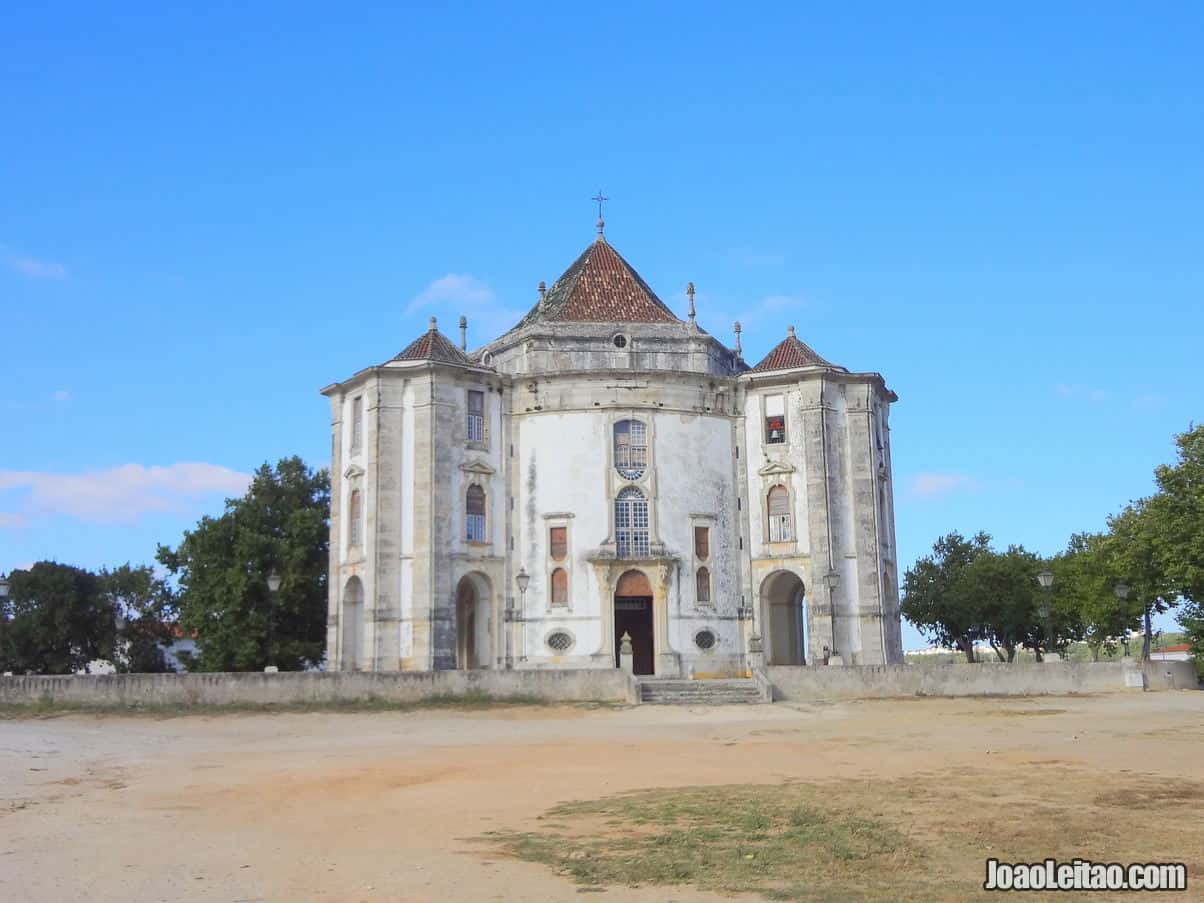
Museums in Óbidos – Portugal
1. Museu Municipal de Óbidos (Óbidos Municipal Museum)
The Museum of the town of Óbidos is inside the Solar da Praça de Santa Maria, a 17th-century manor in the center of the town.
The main collection includes pieces from local Óbidos artists, such as the 16th and 17th-century oil paintings by Josefa de Óbidos and André Reinoso.
The most famous work is the portrait of Faustino das Neves painted in 1670 by Josefa de Óbidos.
In addition to art, the museum has a section telling the History of the town and another section with archaeological findings brought from the Roman settlement of Eurobrittium, very close to Óbidos.
The museum opened in 1970 with a ceremony presided by the then President of the Portuguese Republic Almirante Américo Tomás. It’s open every day except Mondays and closed during lunch hours.
Also read my page: Visit Sintra

